SOURCE: AFI
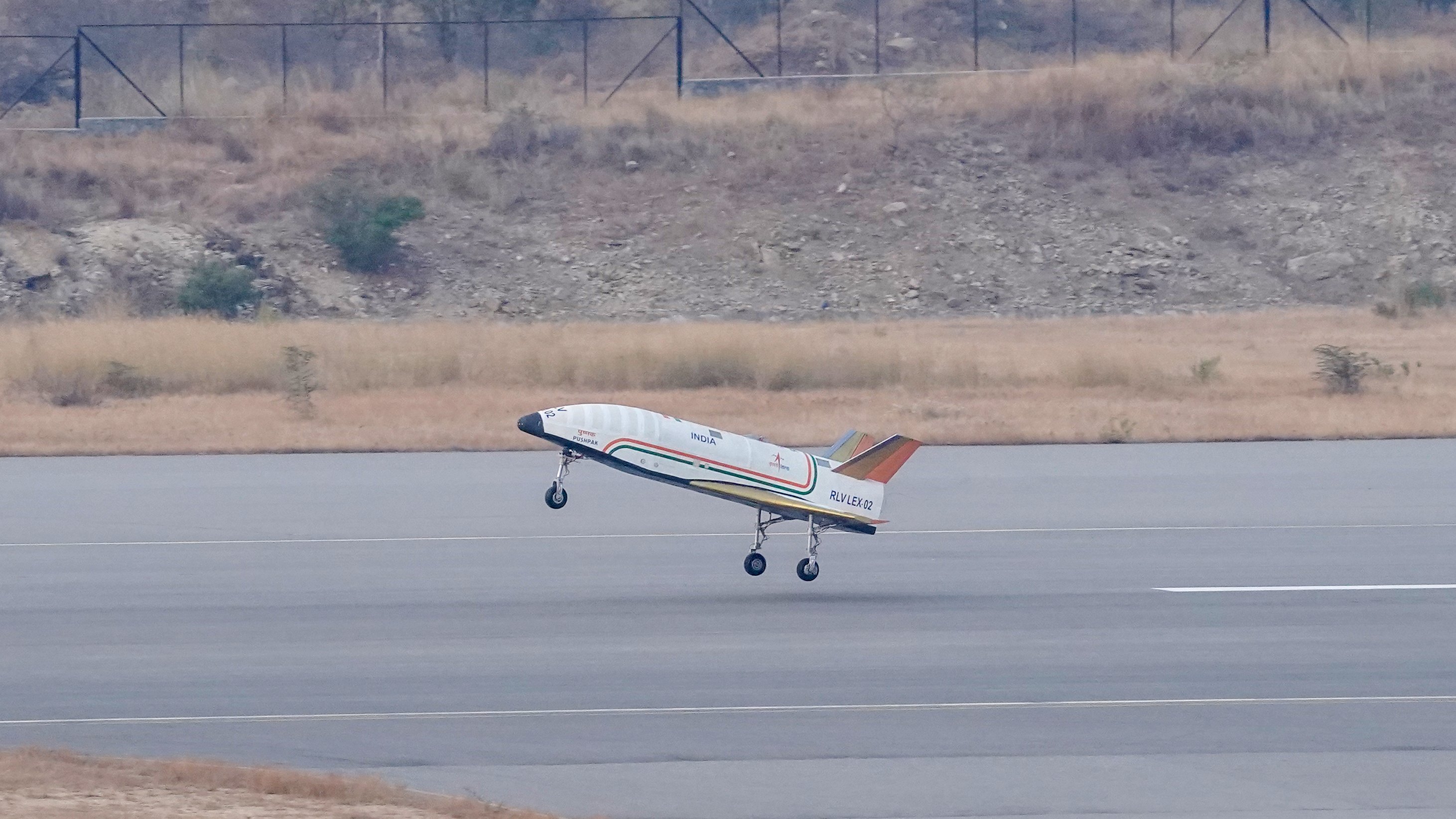
The Indian Space Research Organisation (ISRO) is facing a hurdle in its pursuit of reusable launch vehicle (RLV) technology. While weather conditions permitting, they aim to conduct a crucial experiment this month in Challakere, Karnataka. However, technical issues with a Chinook helicopter are causing delays for a separate integrated air-drop test (IADT) of simulated Gaganyaan crew modules at Sriharikota.
This upcoming experiment focuses on the RLV-LEX series, specifically the third iteration – RLV-LEX-03. Following the successful completion of the RLV-LEX-02 landing experiment on March 22nd, 2024, RLV-LEX-03 aims to push the boundaries further, refining the vehicle’s performance, guidance systems, and landing capabilities.
Continue readingSOURCE: AFI
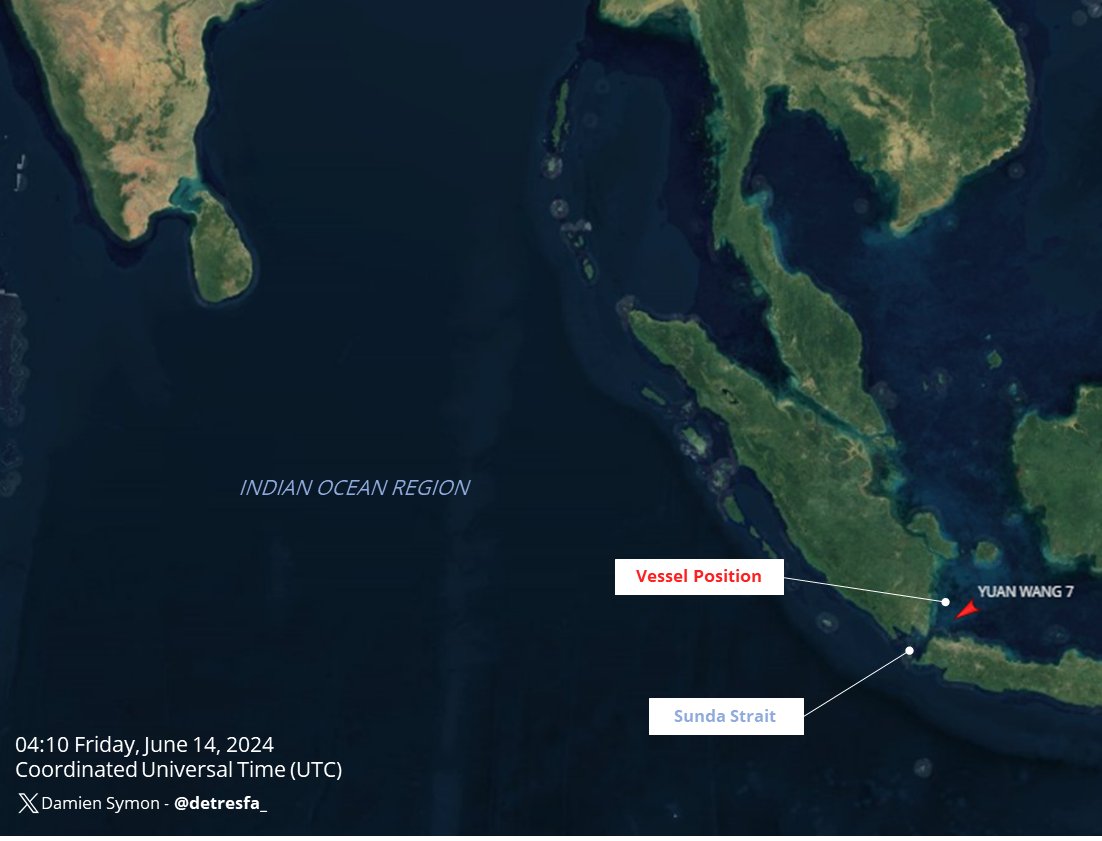
The Chinese missile and satellite tracking vessel Yuan Wang 7 has reportedly set sail for the Indian Ocean region, sparking concerns in India. This development comes amid ongoing tensions between the two Asian giants, particularly regarding their disputed Himalayan border.
The Yuan Wang-class vessels are equipped with advanced sensors and communication equipment, enabling them to track missile launches, satellite movements, and other activities in space. While China maintains these vessels are for scientific research, India views their presence in the Indian Ocean, which it considers its backyard, with suspicion.
Continue readingSOURCE: AFI

India’s premier defense research agency, the Defence Research and Development Organisation (DRDO), is making a strong impression at the ongoing Eurosatory 2024, a leading global defense and security exhibition held in Paris, France. From June 17-21, DRDO is showcasing a range of its most advanced technologies, underlining India’s commitment to “Make in India and Make for the World” in the defense sector.
DRDO’s presence at Eurosatory is centered around its cutting-edge weapon systems and platforms designed to address contemporary battlefield requirements.
Continue readingSOURCE: AFI
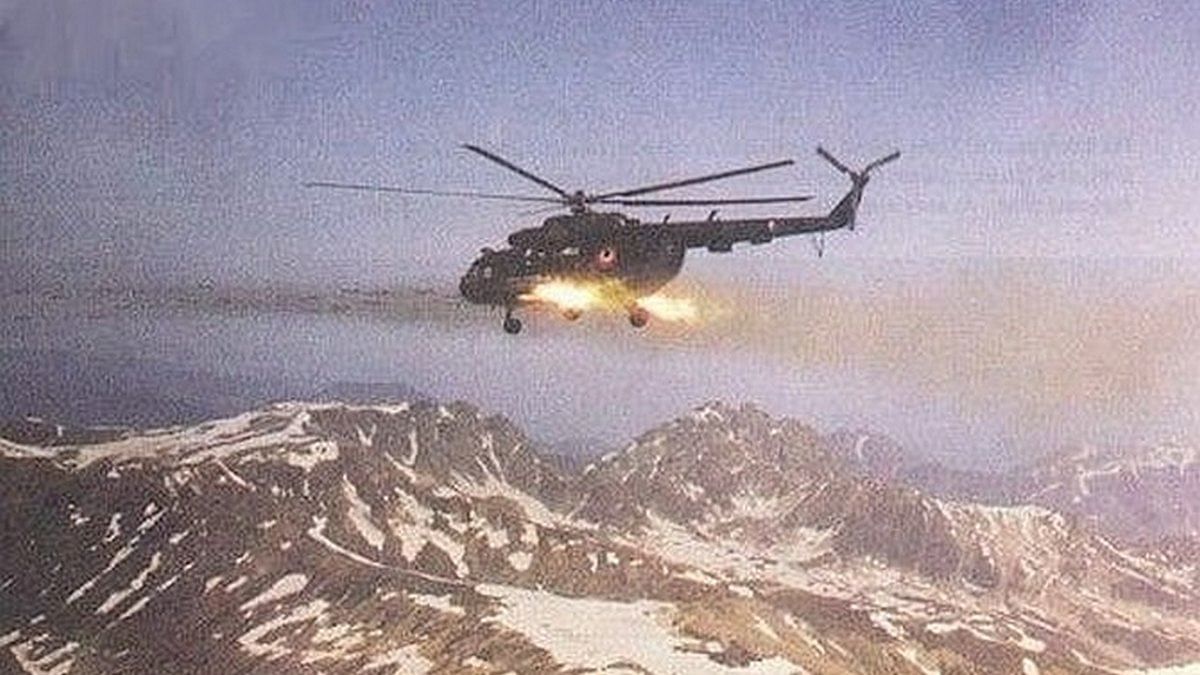
Netflix India is gearing up to take viewers on a thrilling journey through history with a new series based on “Operation Safed Sagar,” a pivotal mission undertaken by the Indian Air Force during the 1999 Kargil War.
The series will be helmed by director Oni Sen, known for his acclaimed work on the web series “Asur.” [Peeping Moon] reports that production company Matchbox Shots, led by Sanjay Routray, Sarita Patil, and Dikssha Jyoti Routray, will be bringing this story to life.
Continue readingSOURCE: RAUNAK KUNDE / NEWS BEAT / IDRW.ORG
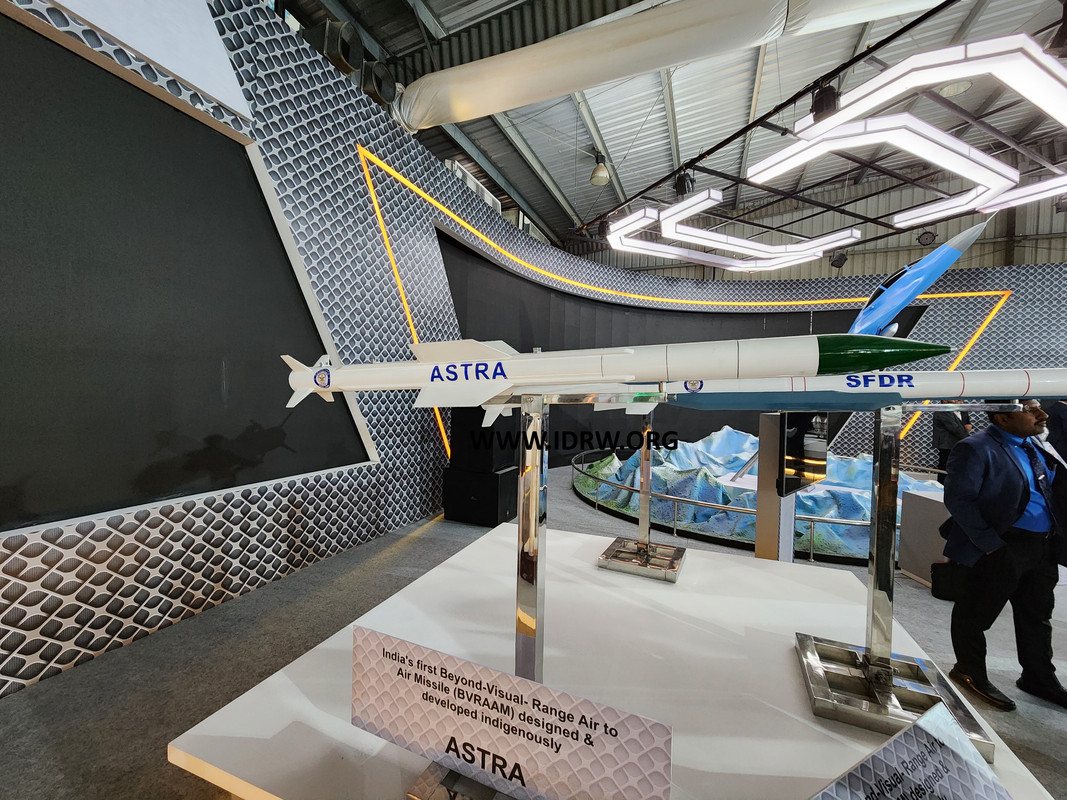
The Indian Air Force (IAF) has made a strategic shift in its air-to-air missile program, prioritizing the integration of the domestically developed Astra MkI and MkII missiles over the Israeli I-Derby ER BVRAAMs. IAF had initially planned to equip I-Derby ER BVRAAMs on Su-30MKI, Mk1A and MkII fleet but that has been dropped now to support local air-to-air missiles.
The IAF’s prior exploration of the I-Derby, particularly the older variant integrated into the SPYDER air defence system, served as a temporary solution. The I-Derby’s limited range of fewer than 100 kilometres fell short of the IAF’s long-term requirements. The I-Derby ER, with its extended range, offered a more compelling option. However, the Astra MkII’s comparable capabilities and the strategic advantage of domestic production outweighed the I-Derby ER’s appeal.
Continue readingSOURCE: RAUNAK KUNDE / NEWS BEAT / IDRW.ORG
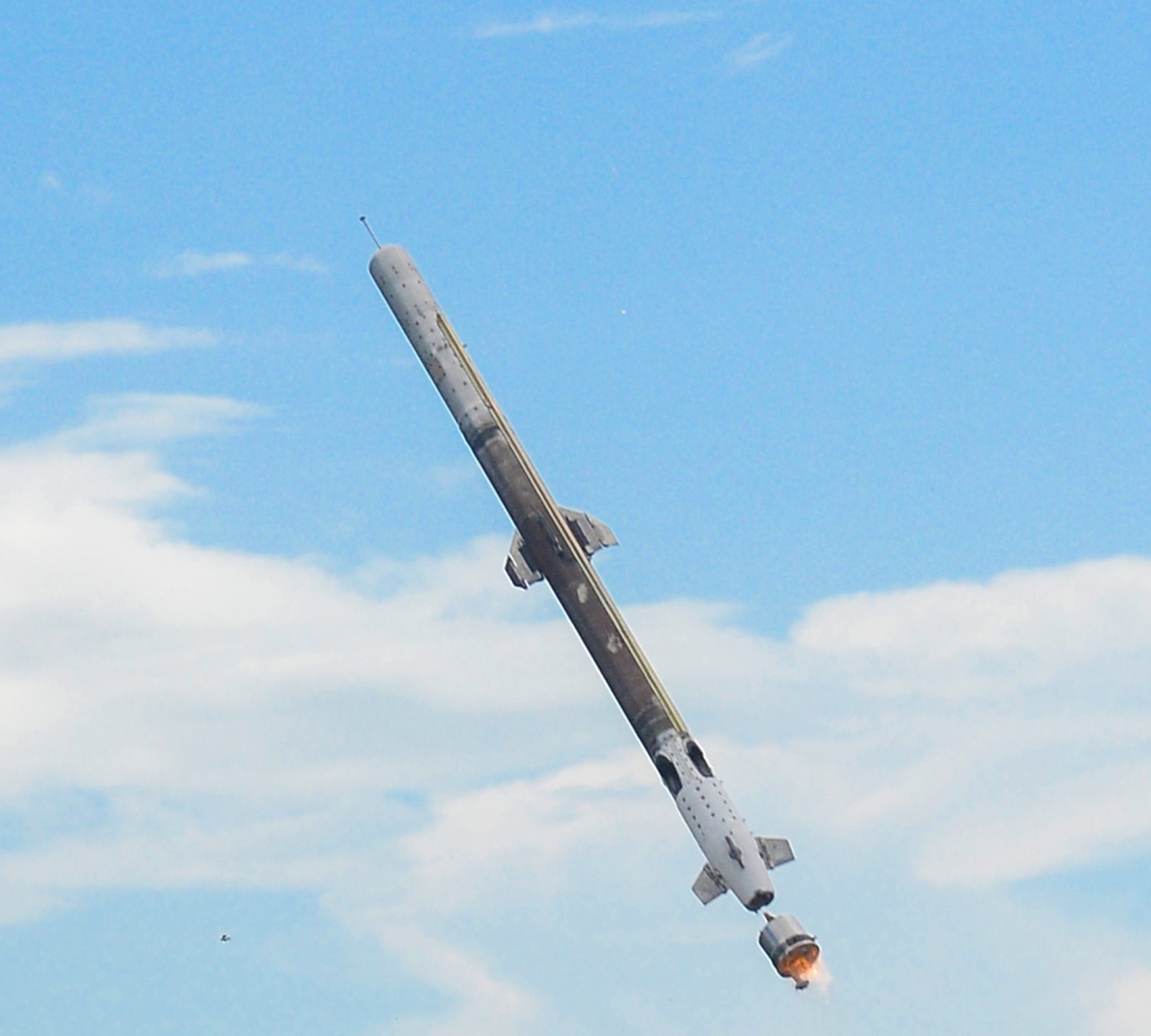
The Indian Air Force (IAF) is actively exploring the development and procurement of low-cost air-to-air missile systems. This initiative is driven by the growing prevalence of inexpensive aerial threats like drones, loitering munitions, subsonic cruise missiles, and rockets.
The IAF recognizes the strategic shift in warfare tactics. Employing expensive surface-to-air missiles (SAMs) against these low-cost threats is not only financially unsustainable but also depletes crucial defence assets during conflicts. Modern adversaries often resort to overwhelming air attacks using drones and loitering munitions, aiming to exhaust air defence systems and missile stockpiles before deploying higher-end weaponry.
Continue readingSOURCE: RAUNAK KUNDE / NEWS BEAT / IDRW.ORG

Hindustan Aeronautics Limited (HAL) is gearing up to equip the LCA-Tejas Mk1A fighter jets with the indigenously developed Uttam AESA Fire Control Radar. While orders for the Tejas Mk1A are expected to be placed later this year, the actual integration of the Uttam radar will begin from the 41st aircraft onwards, with deliveries starting in 2026. The initial 40 jets will utilize the Israeli ELTA ELM-2052 AESA radar.
Developed by the Defence Research and Development Organisation (DRDO), the Uttam AESA radar boasts superior performance compared to the ELM-2052. This indigenous system has undergone rigorous testing, including over 125 successful flight tests on Tejas prototypes.
Continue readingSOURCE: AFI
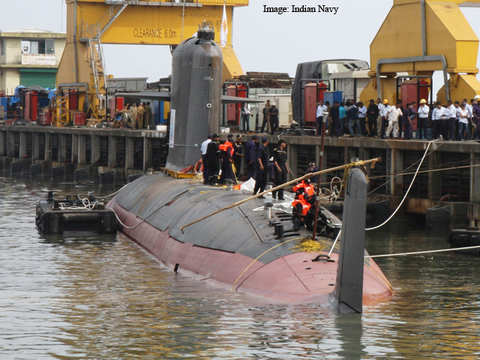
The Indian Navy is keenly aware of the pitfalls of neglecting its domestic submarine construction expertise. A critical period, often referred to as the “lost decade” (1995-2005), serves as a stark reminder of the consequences of letting capabilities atrophy.
During this period, Mazagon Dock Shipbuilders Limited (MDL), India’s primary submarine builder, witnessed a significant decline in its capabilities. This stemmed from the unresolved corruption scandal surrounding the procurement of four German HDW Type 209/1500 submarines. The subsequent suspension of submarine construction activities led to the gradual erosion of crucial skills and infrastructure at MDL.
Continue readingSOURCE: AFI

Zen Technologies has announced a significant achievement in enhancing India’s defense capabilities with the successful delivery of its innovative Zen Anti-Drone System with Hard-Kill (Zen ADS HK) to the Army Air Defence College in Gopalpur, Odisha. This marks a pivotal moment in the country’s efforts to counter emerging drone threats and safeguard its airspace.
Building on the success of its previously deployed soft kill anti-drone systems by the Indian Air Force, Zen Technologies has developed the Zen ADS HK to provide an additional layer of robust protection. The system seamlessly integrates with existing legacy defense infrastructure, ensuring compatibility and operational efficiency. At the core of Zen ADS HK is a state-of-the-art Electro-Optical Tracking System (EOTS), designed and developed in-house by Zen Technologies.
Continue readingSOURCE: AFI

The year was 1987. The Cold War, a colossal game of brinkmanship, dominated the world stage. The United States and the Soviet Union, locked in an ideological duel, cast long shadows over the international landscape. In this tense environment, India, a burgeoning power, was making its own strategic move – acquiring its first nuclear submarine.
Captain R N Ganesh, a submariner brimming with ambition, led a team of Indian officers on a crucial mission – securing a Soviet nuclear submarine. Negotiations concluded, a three-year lease agreement was signed, marking a historic moment for India’s naval aspirations.
Continue readingSOURCE: AFI

India, with its vast territorial borders and diverse security needs, is constantly looking for innovative and cost-effective solutions for its military. One such area of exploration lies in Medium-Altitude Long-Endurance (MALE) Unmanned Aerial Vehicles (UAVs). Traditionally, MALE platforms have been specialized military drones, often expensive and complex to operate. However, a compelling case can be made for exploring the use of modified smaller passenger jets for this role.
Compared to dedicated military drones, smaller passenger jets like the Cirrus Vision Jet you mentioned are significantly cheaper to acquire and maintain. Their established production lines and readily available spare parts further reduce long-term costs.
Continue readingSOURCE: IDRW.ORG.
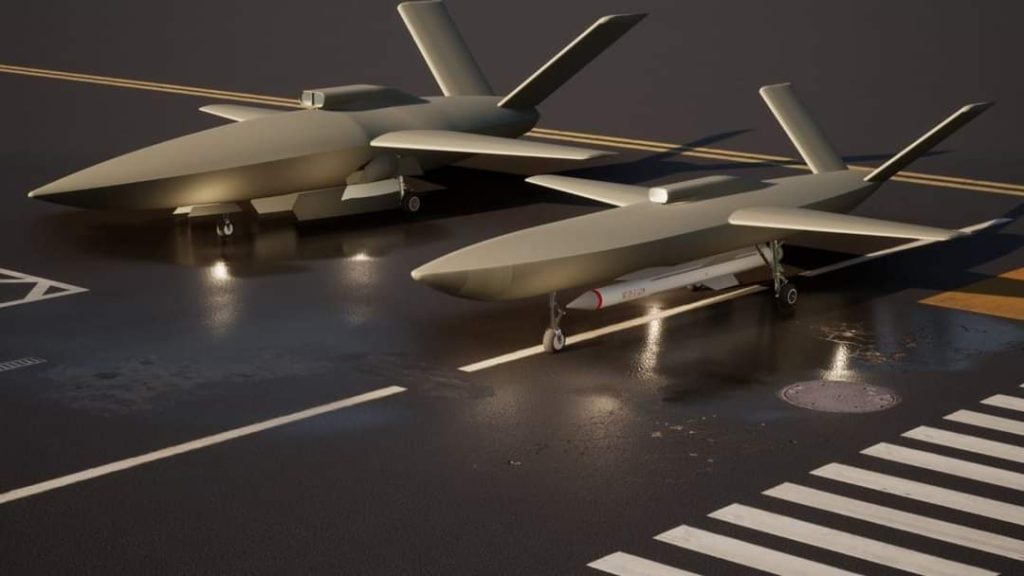
The Indian Air Force (IAF) has shown a keen interest in acquiring approximately 120 units of the CATS Warrior Loyal Wingman Unmanned Aerial Combat Vehicles (UACVs). This cutting-edge project, spearheaded by Hindustan Aeronautics Limited (HAL) in collaboration with the private sector company NewSpace Technologies, marks a significant leap in India’s defense capabilities. The potential purchase highlights the IAF’s commitment to integrating advanced technology into its fleet, enhancing its combat effectiveness and operational flexibility.
The Loyal Wingman program is a revolutionary concept in modern aerial warfare. It involves the deployment of unmanned aerial vehicles (UAVs) that work in conjunction with manned aircraft, acting as force multipliers. These UAVs, often referred to as “loyal wingmen,” are designed to support manned aircraft by performing a variety of roles, including surveillance, reconnaissance, electronic warfare, and even offensive operations.
Continue readingSOURCE: IDRW.ORG.

Hindustan Aeronautics Limited (HAL) has acknowledged a challenge in achieving its ambitious goal of 70% indigenous content for the Tejas Mk1A light combat aircraft. The current target sits at a confirmed 65%, despite ongoing efforts. This setback stems from the continued reliance on Line Replaceable Units (LRUs) sourced from abroad.
Developing these LRUs domestically remains a work in progress, and the time required for this process is likely to delay production of the Tejas Mk1A. This delay underscores the complexities involved in achieving complete self-reliance in a technologically advanced domain like fighter jet manufacturing.
Continue readingSOURCE: AFI

Israel Aerospace Industries (IAI) is making a strategic push to equip P-8I maritime patrol aircraft (MPA) with its latest weapon, the AIR LORA air-to-ground missile. This move highlights IAI’s confidence in the AIR LORA’s capabilities and its potential to revolutionize the operational effectiveness of P-8I operators.
IAI touts the AIR LORA as a “game-changer” in air-to-ground missile technology. Designed for missions against high-value, well-protected targets, it boasts exceptional accuracy and stand-off range. This allows P-8I operators to engage targets from a safe distance, minimizing risks and collateral damage.
Continue readingSOURCE: AFI

In a recent interview with Judge Andrew Napolitano for Judging Freedom, former U.S. Marine Corps intelligence officer Scott Ritter provided a stark and sobering analysis of America’s nuclear war strategy. Reflecting on the historical and current state of U.S. nuclear policy, Ritter’s remarks serve as a critical wake-up call about the catastrophic potential of nuclear conflict and the urgent need for responsible leadership.
Ritter began by recalling his late friend William Polk, a key advisor during the Cuban Missile Crisis. Polk’s insights into President John F. Kennedy’s decision-making during that tense period highlighted Kennedy’s crucial role in averting nuclear war. Ritter noted Kennedy’s shock upon being briefed on the Single Integrated Operational Plan (SIOP), which outlined America’s strategy for nuclear war.
Continue reading